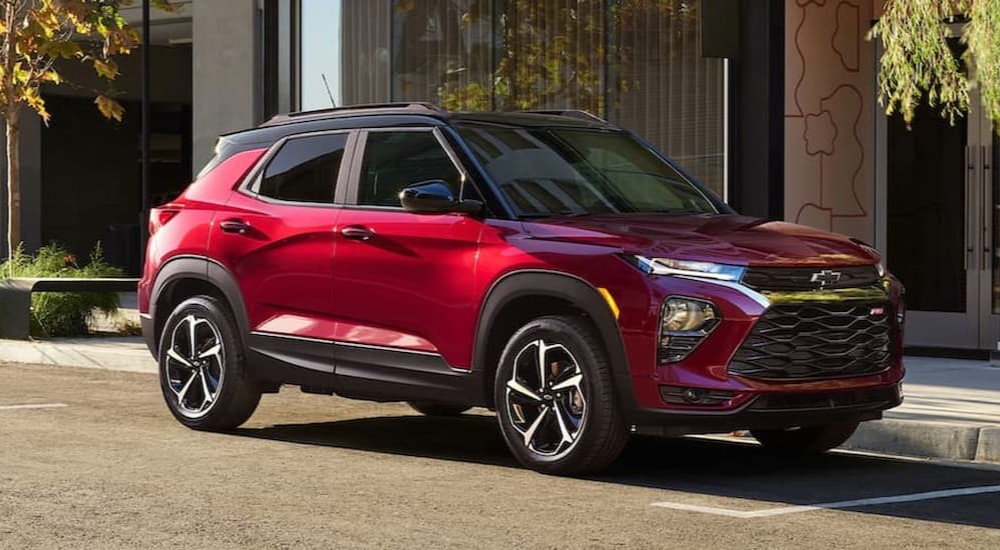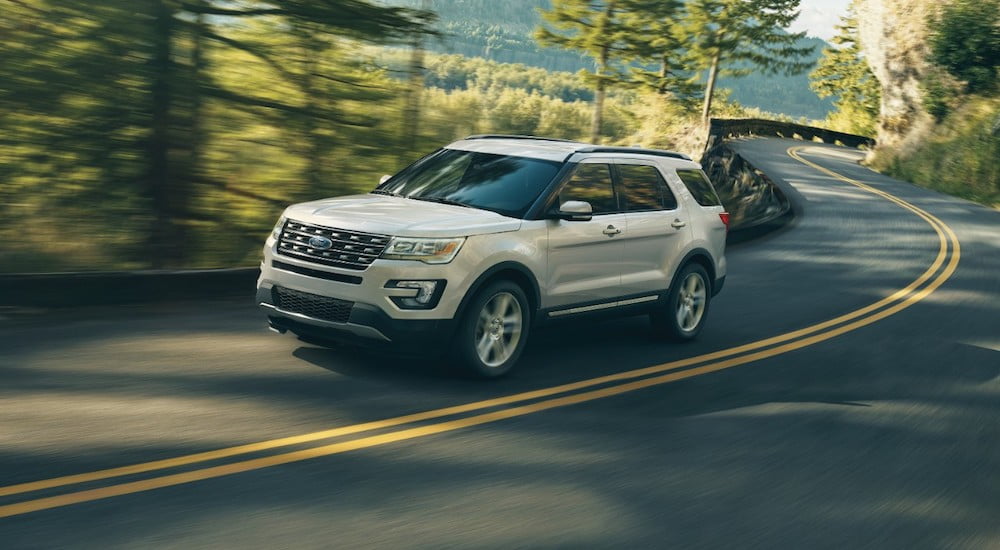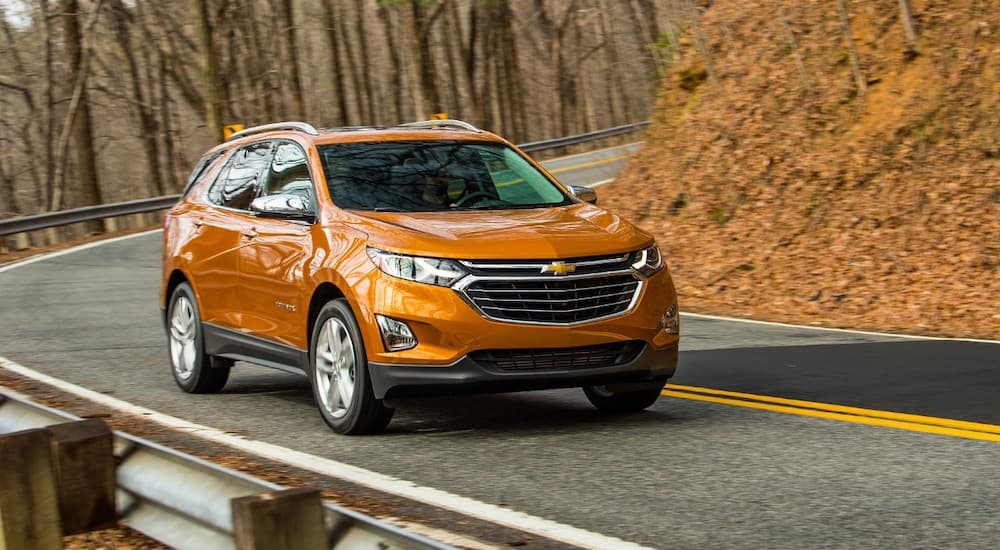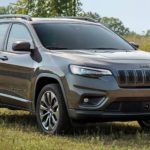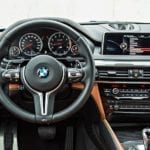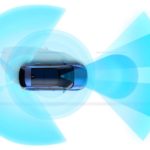I remember something somebody told me back when I was a teenager: “The safest way to drive is by believing everyone else on the road is insane.” It may sounds silly, but it has merit. You need to look after yourself on the road, but of course, that doesn’t mean forgoing the safety of the drivers around you. Vehicle collisions don’t always take two to tango, either. Many automotive accidents occur every day with only one vehicle and driver involved. Automotive manufacturers have been adding many safety features to vehicles for a while now, meaning that many older vehicles also have a plethora of safety features, whether that be a sedan, truck, or used SUVs for sale.
I want to take the time to tell you about some of the safety features that aren’t only what I’d deem to be essential for any vehicle you shop for moving forward, but features that can save your life. At the least, some of the features I’ll talk about also work in non-emergencies, but can still save you money by either reducing damage on your vehicle or by simply preventing it. All the features I’ll be mentioning are available in some form under most automotive manufacturers’ safety suites, albeit the names will likely differ, for trademark reasons and such.
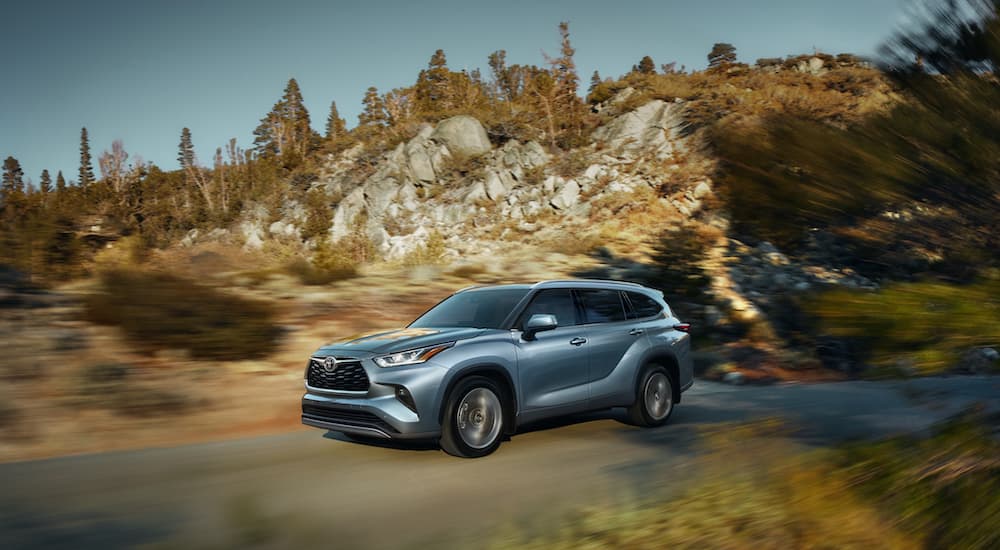
Forward Collision Warning and Automatic Emergency Braking
Who has ever had to suddenly slam on the brakes before for one reason or another? You know who you are, because it’s all of us. You might drive down one road with no interruptions on one day, but when you drive down it tomorrow the age-old tale of a ball crosses the road, and you immediately find yourself alert like a hawk to avoid hitting a child with your car. Or, you’re passing the same green light you do every day, but this time a pedestrian cyclist happens to cross the road against their red. It’s moments like these that you learn to carefully navigate around the longer you drive, but accidents can and do occur, and many unfortunate collisions and deaths have been caused by situations like these.
Besides hitting the brakes, a driver can best prevent an accident like this by having a backup plan. The backup plan I speak of is Forward Collision Warning and Automatic Emergency Braking. Features like these are found in many SUVs from the major manufacturers, and whether you find an SUV that utilizes Honda Sensing, Ford Co-Pilot360, or Chevy Safety Assist, you’ll find these features.
Both features work in tandem, but the Forward Collision Warning will be the first to sound if your SUV detects an oncoming frontal collision. These types of features regularly only work at lower to moderate speeds, so you won’t find much use for these features on the highway, but may experience them in slower city driving. If you hear the Forward Collision Warning sound, this is designed to give you a brief chance to apply the brakes yourself. But if you don’t react quickly enough, the SUV will take matters into its own hands – or wheels, you could say – and activate the Automatic Emergency Braking. As the name implies, it’s an automatic braking system that activates during emergencies. Why can’t all things be named this simply? Not only does it apply the brakes, it applies them hard, harder than a human driver might, to ensure maximum emergency braking power.
Lane Departure Warning and Lane Keep Assist
Other multi-lane road, Lane Departure Warning and Lane Keep Assist will help you. You’ve crossed many lanes in your life, mostly purposefully, I’d hope. However, even if you’ve crossed a million lanes in your life, accidental swerving can occur. Two more features you’re likely to find on many pre-owned SUVs nowadays are Lane Departure Warning and Lane Keep Assist.
Lane Departure Warning will sense if your vehicle begins to change lanes unintentionally. It uses this by recognizing driving patterns associated with your road position thanks to the sensors and cameras situated outside the SUV you’re driving. If you’re deviating from your lane, even if it’s slowly, your vehicle’s Lane Departure Warning will emit an audible warning sound, display a dashboard warning, shake the steering wheel gently, or any combination of these. If your vehicle is equipped with Lane Keep Assist, your SUV can provide brief adjustments to your steering, though not an overbearing amount, to correct your placement in your lane. There are many reasons why you may depart from your lane accidentally, but fortunately, these features will get your head back in the game.
Blind Spot Warning
Your blind spot leads to the most uncertainty when you’re driving. The blind spot isn’t only a smart name for what it represents, but it’s an incredibly important area around your vehicle you need to be cautious about, especially if you’re traveling on a multi-lane road. Blind Spot Warnings aren’t always as standard in safety suites as features like Automatic Emergency Braking or the Forward Collision Warning. But many times a Blind Spot Warning isn’t too far out of reach, and it just requires you to purchase a higher-tier trim.
With the Blind Spot Warning, if another vehicle is driving near either of your blind spots along the sides of your vehicle, a visual indicator will display on your side mirrors. So, if someone is driving on the passenger side, your SUV will likely show a symbol on the right-side mirror. If you attempt to change lanes into an occupied blind spot area, an audible warning will alert you. It’s always advised you still use your regular precautions when changing lanes and being vigilant of your blind spot, such as looking over your shoulder, but the blind spot warning will at least give you a heads up in case you miss it. The more eyes you have on the road, the better.
Adaptive Cruise Control
I’m sure you know how cruise control works, but Adaptive Cruise Control changes things up a bit. Adaptive Cruise Control starts much like the old ways: you activate cruise control when you’re at your desired speed, and you take your foot off the accelerator. Where Adaptive Cruise Control differs is when you’re approaching a slower moving vehicle, you don’t need to apply the brakes because your SUV will automatically slow down to match the slower vehicle’s speed. It can even come to a complete stop in traffic. Once the cars in front of you begin to move, your vehicle will also begin to accelerate and get you back up to the speed you had originally set for the cruise control. The average Adaptive Cruise Control doesn’t control steering, but there are features like the Chevy Super Cruise that combine features of Adaptive Cruise Control with assistive steering on compatible roads. However, you should never consider these features autonomous, and instead as assistive technology.
Stay Safe Out There
Safety features have evolved in strides over the years, but many advanced safety features came out as far back as ten years ago, depending on the model you buy. If you’re shopping for a used SUV, you might as well buy one that has some of these safety features, because by now you don’t have to pay a premium price to get them.
